The standing forward fold is one of the most common and widely practiced yoga postures around, and there’s good reason for it. It’s a great hamstring stretch, mildly stretches the calves, and teaches the body to hinge at the hips.
So what’s so complicated about it? Don’t you just fall over to “touch your toes”?
No, performing a GOOD forward fold is a little more complicated than that. A vast majority of people treat the forward fold as a passive low-back stretch, but that’s how you end up injured.
That’s why I’m here to teach you how to actively engage, avoid straining your lower back, and get an even better stretch in the pose. Read on!
Is Forward Fold Bad for Your Back?
If done actively, correctly, and modified to your level of flexibility, the standing forward fold isn’t bad for your back at all.
But that’s the big problem – “if it’s done correctly.”
The standing forward fold is actually where many beginners and even intermediate yoga practitioners strain and injure their lower back. This is because the only cue they follow is “try to touch your toes.”
This cue often leads to only a slight hinge in the hip, an extremely rounded spine, and other musculoskeletal compensations to “get lower.” All of this is BAD for your back.
We can learn how to avoid all this and get an even better stretch for your hamstrings, by doing the forward fold as an active compression exercise. I’ll cover the technique below.
Common Mistakes In Forward Folding
Here are some of the most common mistakes performing a forward fold. Notice the red as a compensation in an attempt to reach lower.
Note: You can click on the photos for a larger view.
These compensations and mistakes aren’t just bad for your back and neck, they also minimize the effectiveness of the forward fold stretch. If you find that your hamstrings are really tight, then don’t try to compensate to get lower. It’s wiser to use a block and modify the pose to your level.
Here’s an example of someone doing it correctly. Notice the green as good technique and proper alignment for the forward fold. Some rounding of the lower back is okay if you’re more flexible, especially if you want to touch the floor or beyond. However, if you’re tight and relatively inflexible, it’s a good idea to start with some blocks.
Watch the video below to understand what’s happening, how to get into the position, and what muscles should be working!
How to Practice Forward Fold
Step-by-step instructions:
- Stand with your feet shoulder-width apart.
- Engage into a tall Mountain Pose, trying to be as tall as possible.
- Hinge at the hips and pull your chest forward and down, maintaining a flat back.
- Reach downward and try to squeeze yourself together, while maintaining a flat upper back.
- Squeeze hip flexors and core toward each other, and fold forward as far as you can while keeping the upper back flat.
- Hold the posture, inhaling as you pull your chest forward and lengthen the body, and exhaling as you fold deeper.
Modifications to make it easier:
- Bend your knees.
- Use a block or multiple blocks
Note: You should first hinge at the hip before any rounding of the lower-spine happens. However, your upper spine and neck should maintain length, being flat and extended as possible.
Final Thought & Blocks!
I hope you found this helpful and beneficial to your yoga practice. I know for me, it completely changed how I approached folding movements.
If you’re looking for some blocks to help modify your poses, then check these out! Details below:
- Heavier, premium cork yoga blocks
- More stability for more reliable support in balance & more
- Sourced from cork in Portugal
- 9 x 6 x 4, ~2.5 lbs each – the widest block available
- BONUS 100% cotton yoga strap
Additional Resources
About the author, Dean Pohlman, Founder & CEO of Man Flow Yoga, Author of Yoga Fitness for Men, Expert on Yoga Fitness for Men.
Looking for non-spiritual, yoga for men workouts?
Learn More About Man Flow Yoga and how it can help you with your fitness goals:
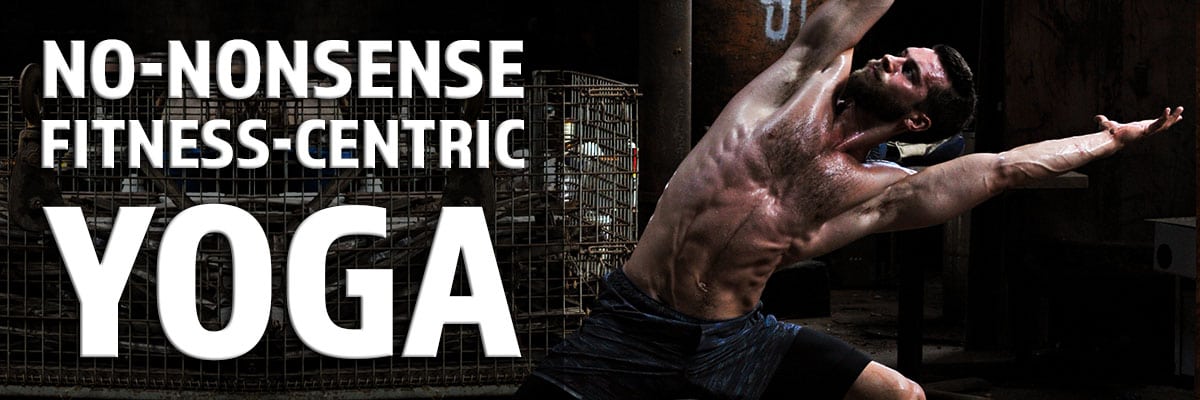 Join Today for Instant Access!
Join Today for Instant Access!
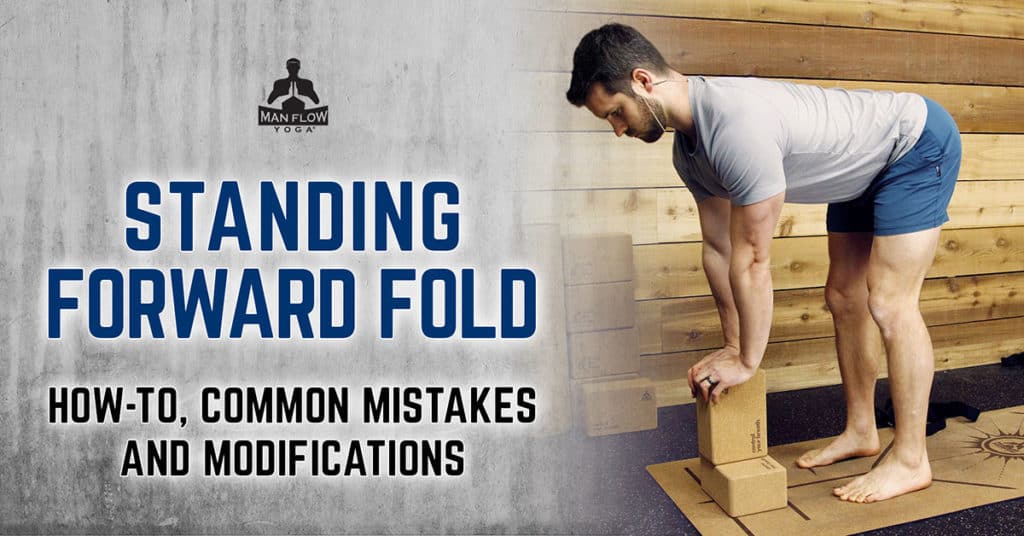
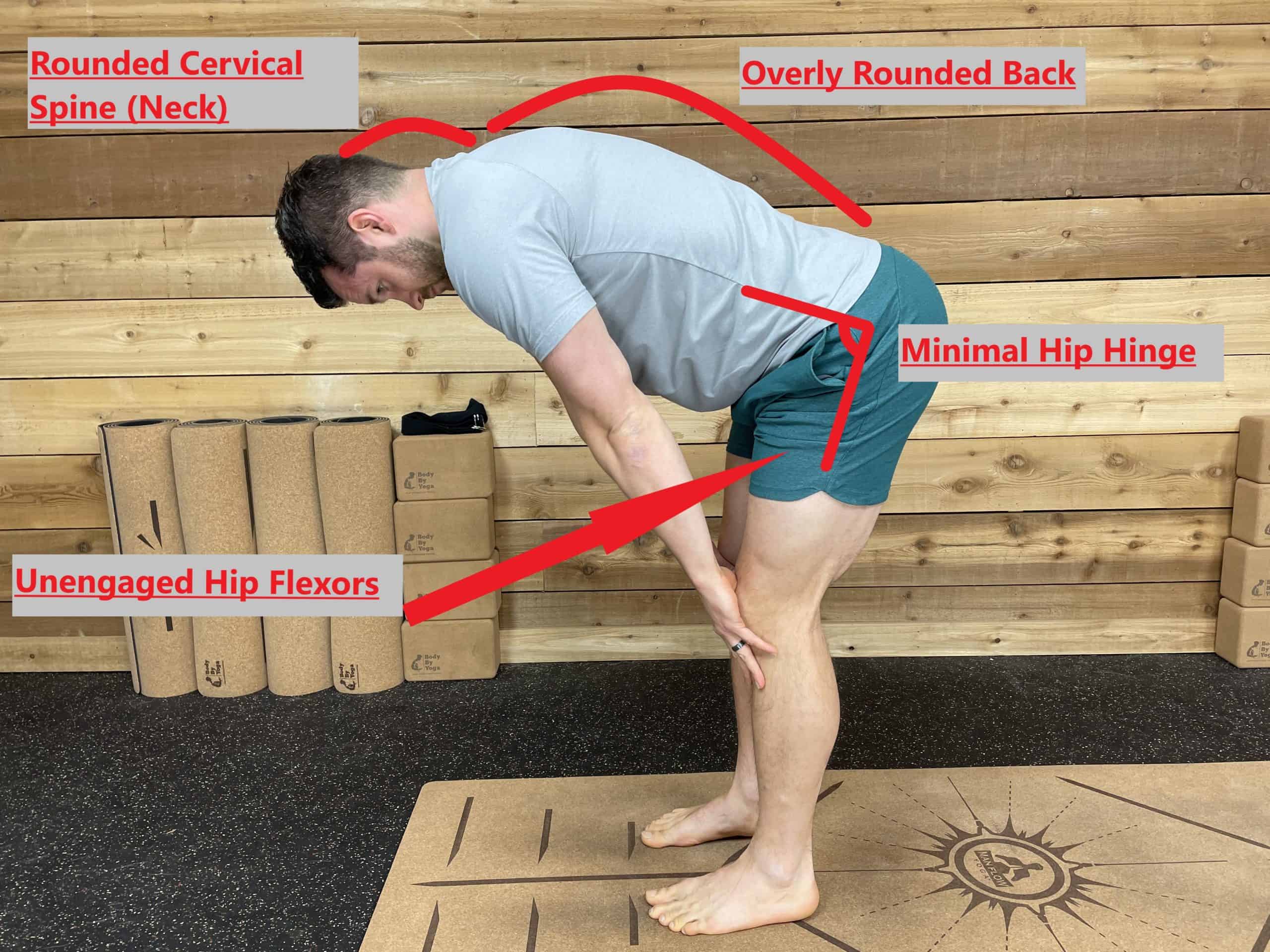
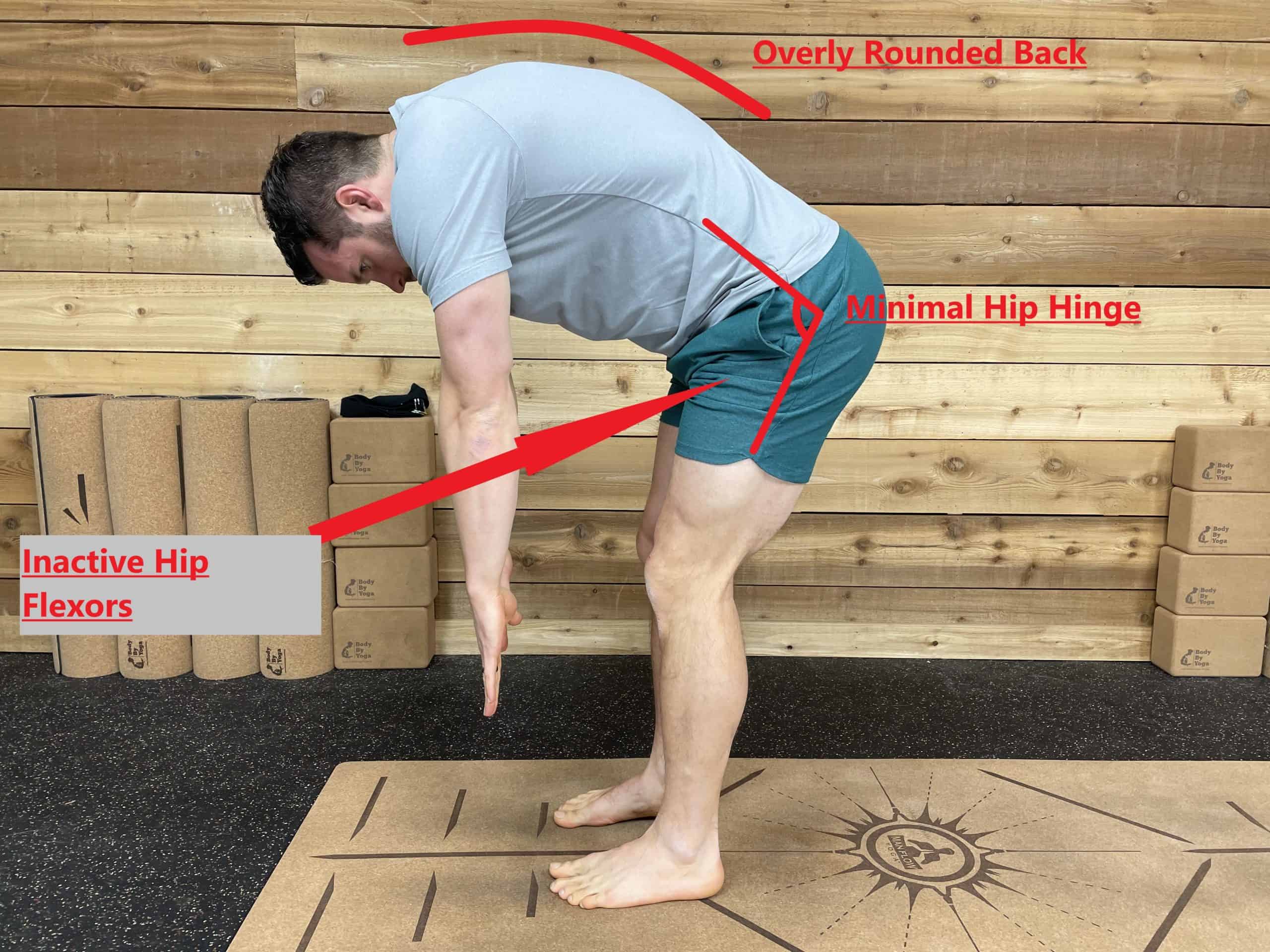
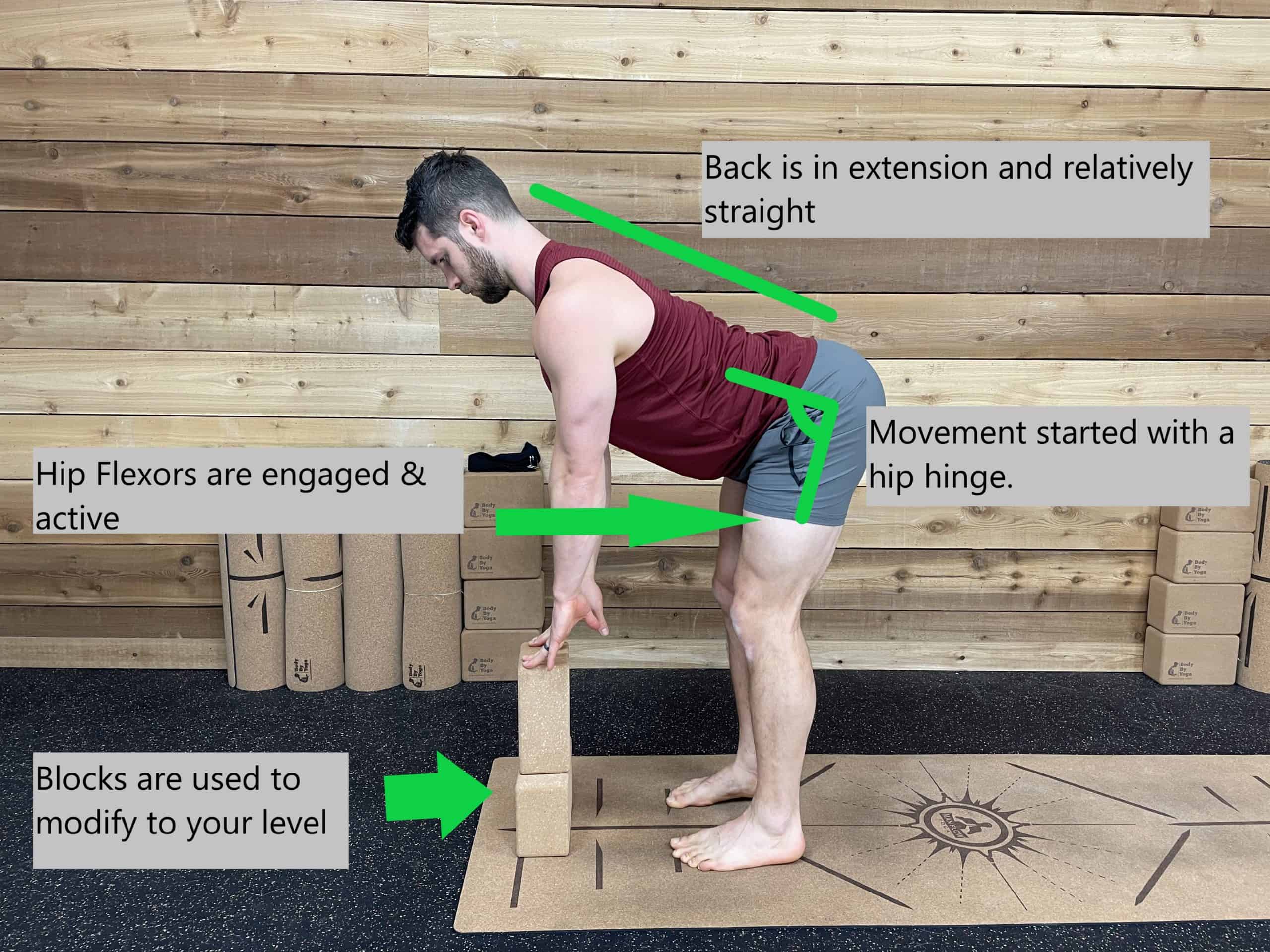
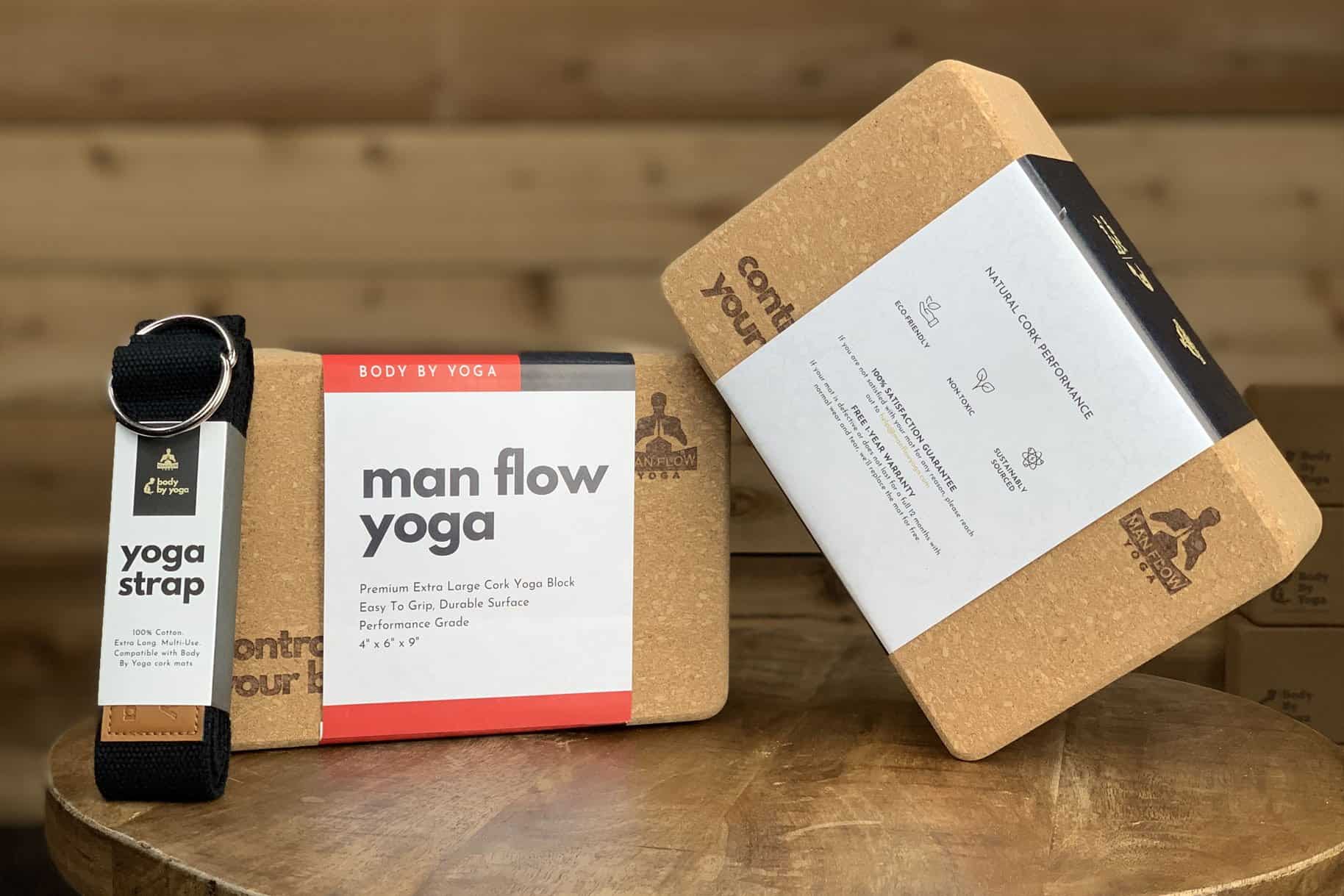
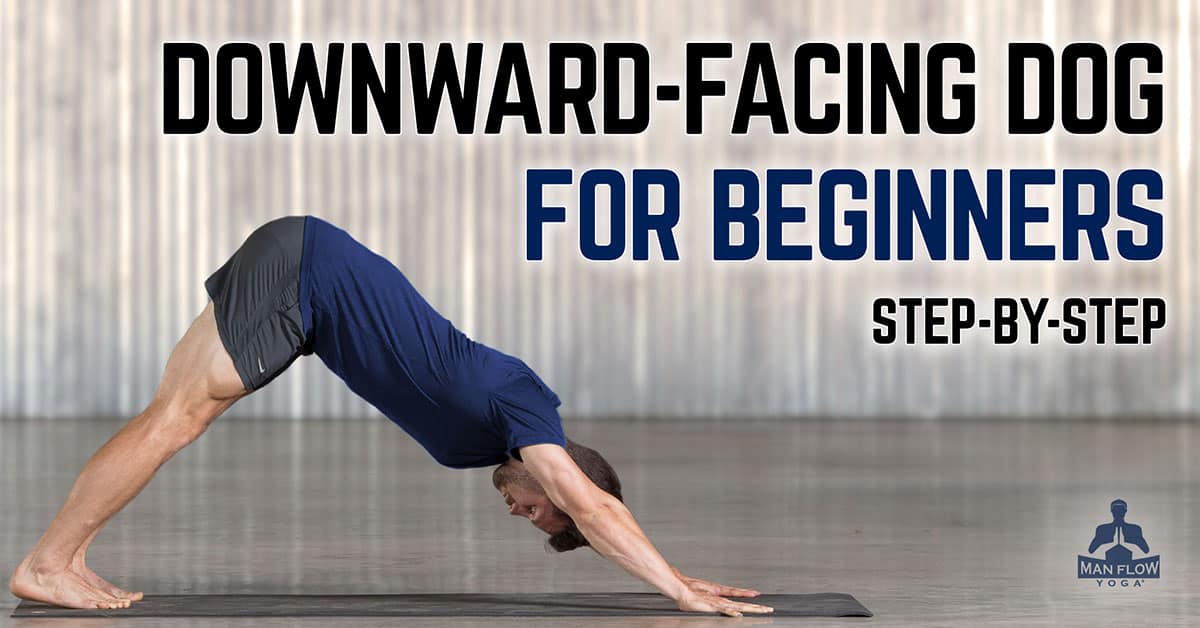
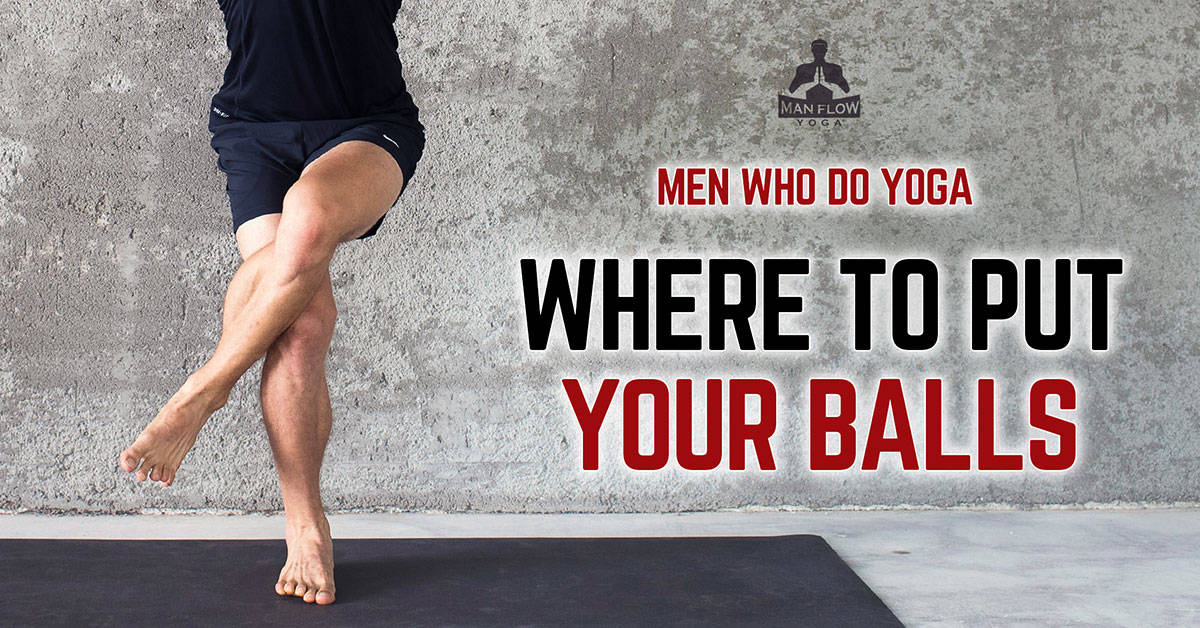
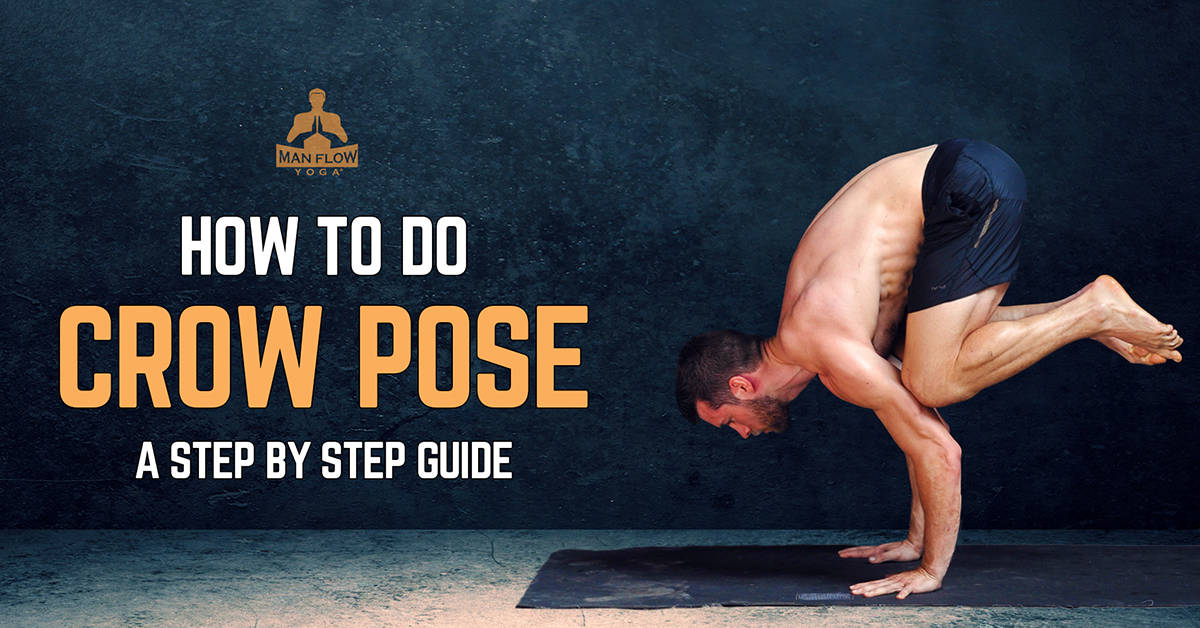
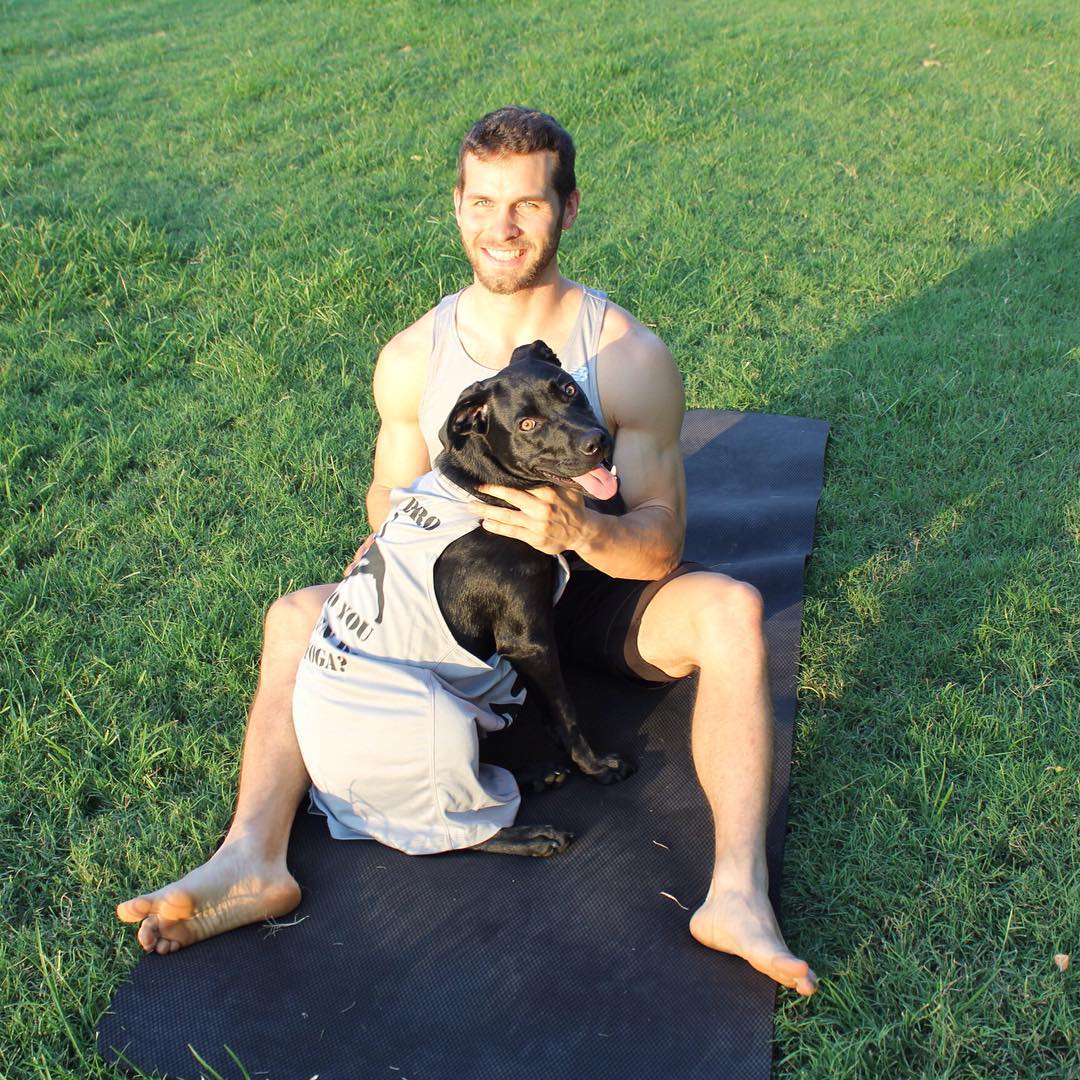
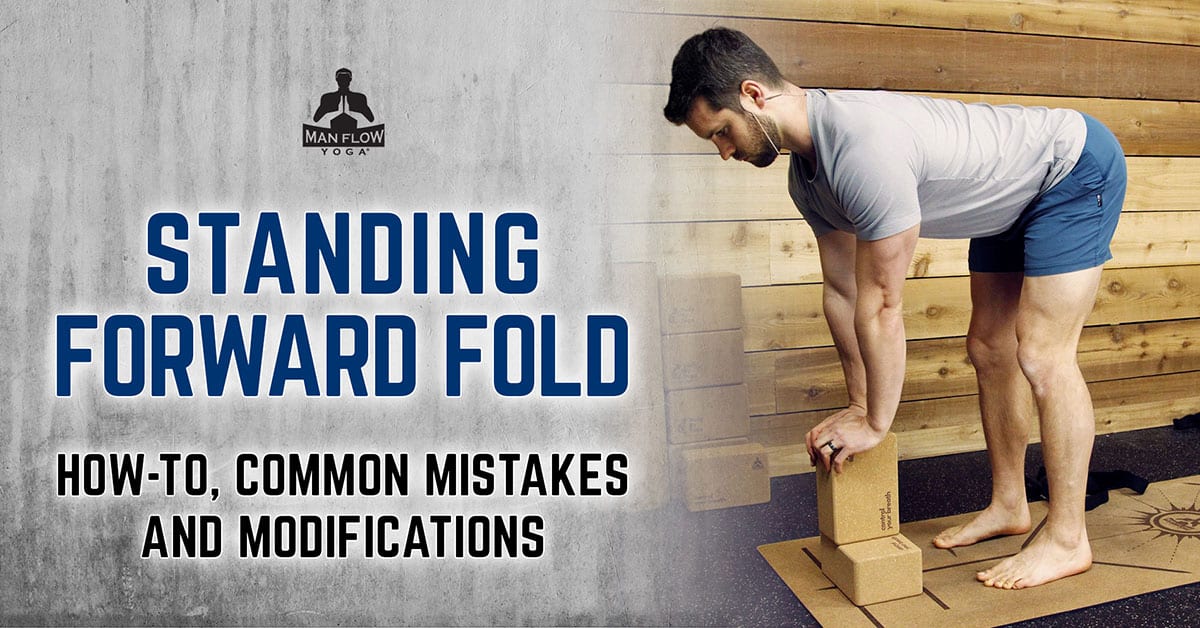
Great and informative as always! Cheers. – Gustavo Woltmann
This is very helpful, I make some of these mistakes and now I know how to correct myself when practicing at home. I think I need to get more blocks, lol.
Glad you found this helpful Steve! If you need knew blocks, we know where you can get some 🙂
https://shop.manflowyoga.com/collections/equipment/products/man-flow-yoga-cork-yoga-block-set